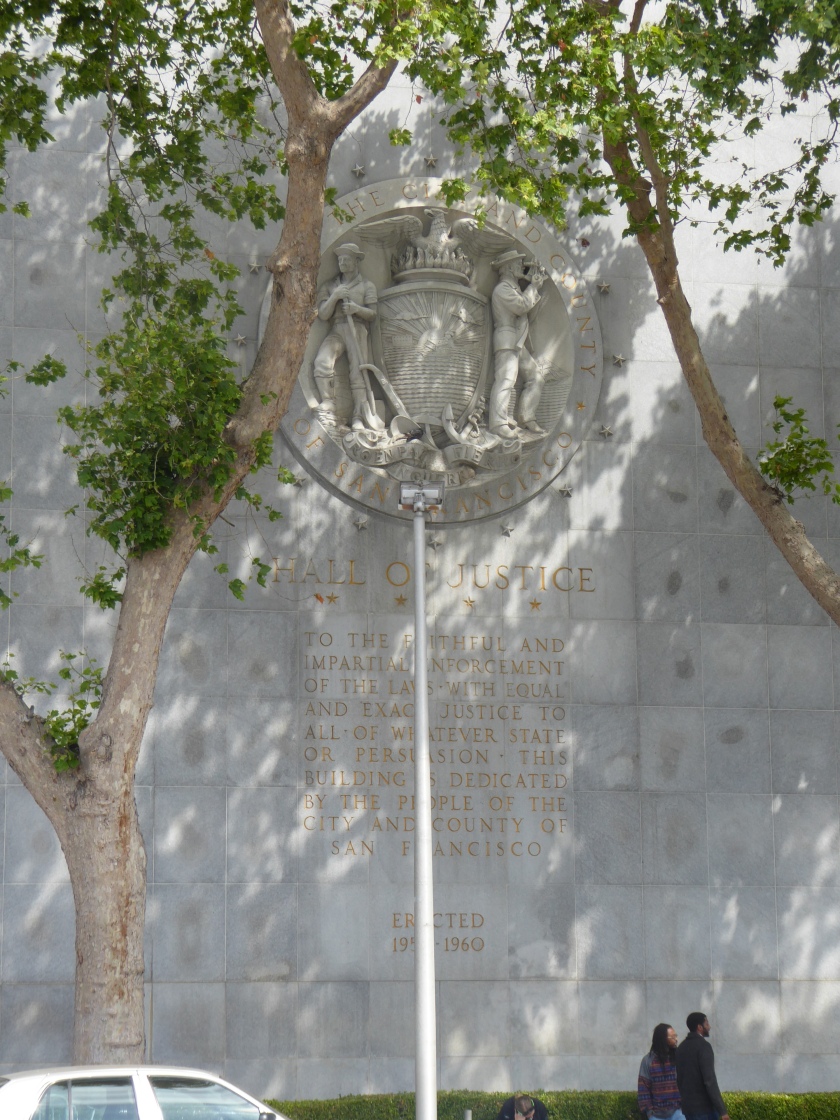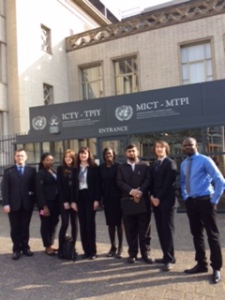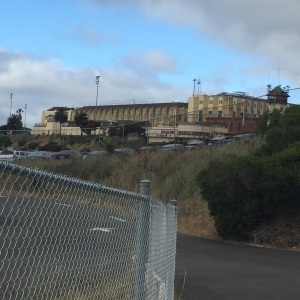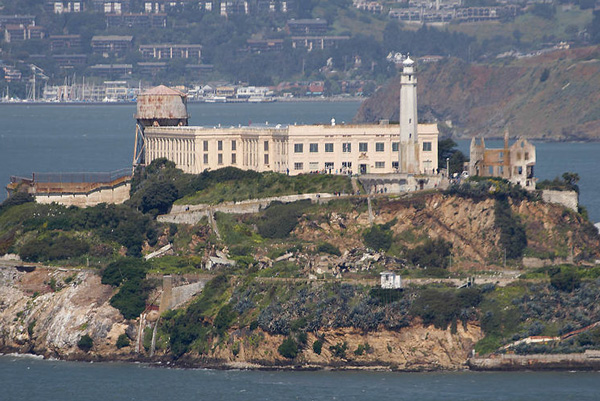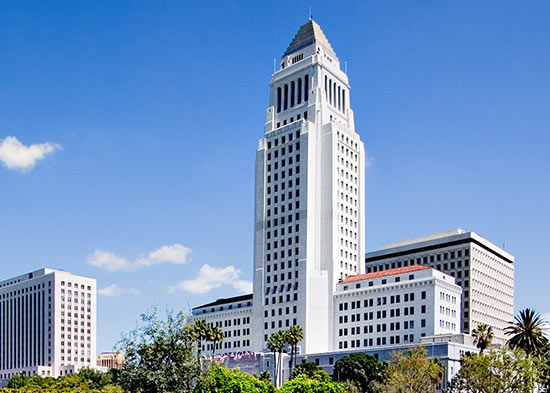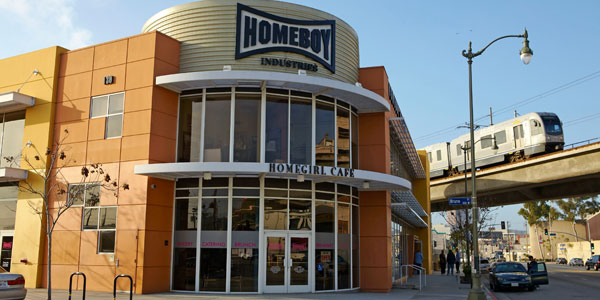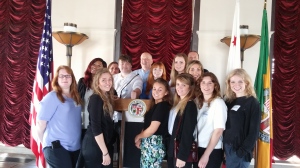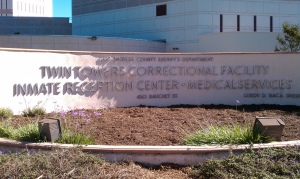Today we all visited the Public Defenders Office in San Francisco. We were shown around the office building by one of the attorneys who worked there. We went into one the office rooms where we were shown a PowerPoint presentation which consisted of information about the American criminal justice system, e.g. the jury selection process and the different amendments. We were told how San Francisco are different to some other states in America because they have an office building specifically for Public Defenders and Paralegals, whereas in some other states they are employed independently.
In the afternoon we then went over to the Hall of Justice which is a courthouse. We first sat in a preliminary hearing where we saw a defendant plead guilty to 2nd degree burglary. We then went into another court room where we saw a defence attorney cross-examining her client, and this case had a 12 people jury present. After lunch we had the opportunity to speak with a judge from the Hall of Justice, he spoke to us about some of the work he had done and a new programme that they are starting which involves young adults (18-25 years old).
After each activity we had the chance to ask questions whilst making comparisons to the American and UK criminal justice system.
Overall, the whole day was very enjoyable and a great experience to be apart of. I would recommend this trip to any future students who are offered the opportunity!
